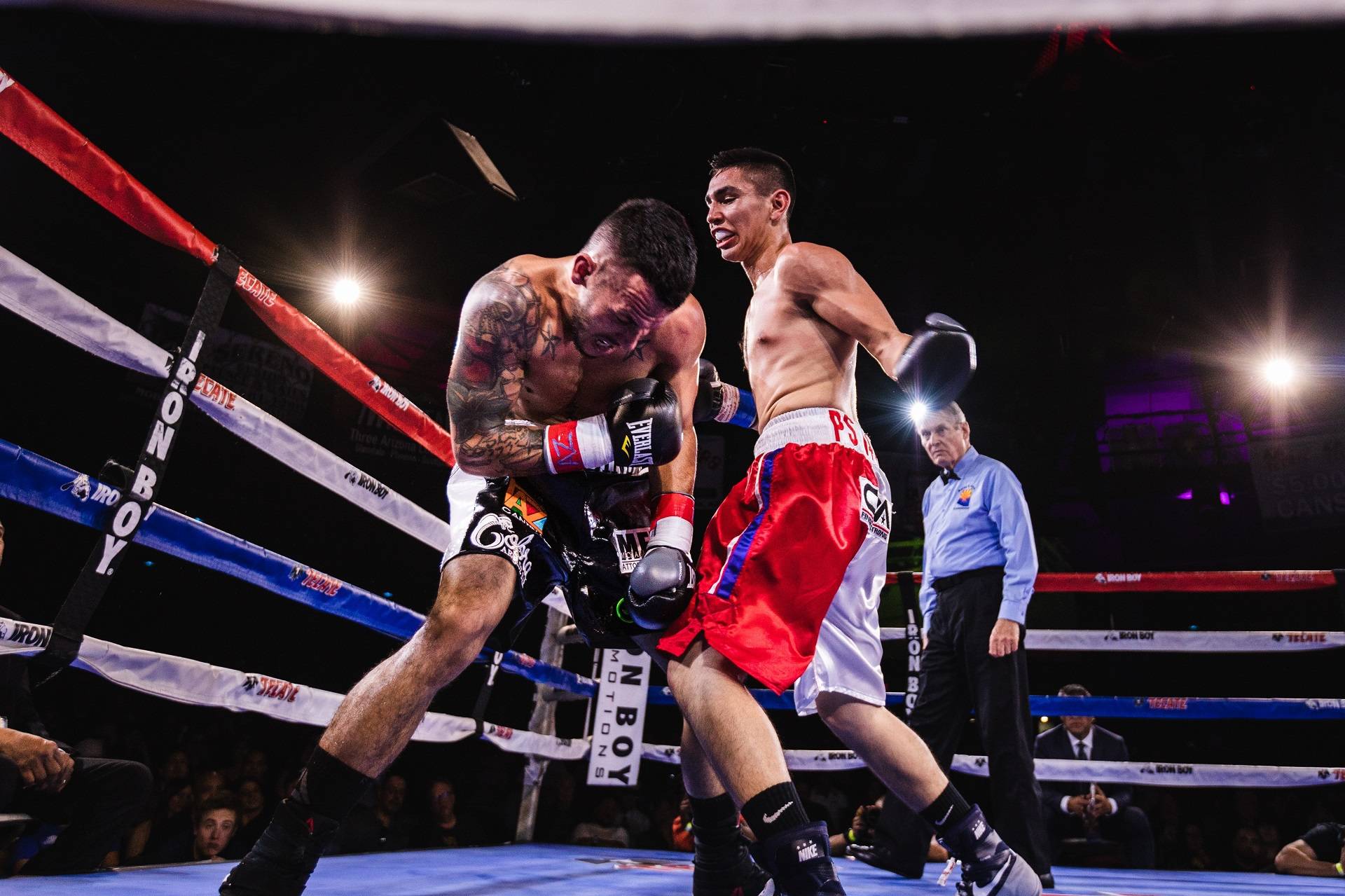Naderi Production
2 HANNERT DE KLEPPBEEM
L-6995 RAMELDANGE

This post is dedicated to teaching sports photography tips at all levels of competency.
Just a few weeks ago Nikon announced that it has cancelled production of the new DL line of premium compact cameras. In short, smartphones have made compact cameras obsolete through advanced software, small form factor, and good-enough image quality. One of the few areas that smartphones have had no impact, and likely never will, is sports photography which necessitates the usage of specialized equipment to gain satisfactory results.
Sports photographers tend to be some of the biggest gear heads. The reason is simple: capturing great sports images is much easier when your equipment is top-notch. However, equipment does not make the photographer, and this article is about learning the basics of sports photography, not about how much gear you have.
I started shooting sports with a Nikon D3300 and a Nikon 55-200mm f/4-5.6 lens. Looking back at those images I am pleased by the moments I captured, not fixated on pixel-peeping perfection. All you need to start shooting sports is a DSLR or mirrorless camera with a lens capable of at least 200mm (full-frame equivalent).
Most people start photographing sports because they get involved with a school newspaper or their child joins an athletics team. We are inspired by this opportunity to get out there and start creating beautiful images. But, not so fast! It is important that you prepare yourself for the big game before you get on the sidelines.
First and foremost, know your camera and the exposure triangle! Nothing is more frustrating than downloading your pictures and seeing that they are all blurry, out of focus, or over/underexposed. It is extremely important that you know how everything on your camera works before the action starts. Focus settings, automatic modes, white balance, and how to control your exposure are some of the key areas to learn about.
You have prepared yourself for the competition; now you are feeling confident and excited about getting some great shots. It is important to remember that as soon as you get on the sidelines with your camera there is an unspoken code of conduct that photographers are entrusted to follow. Let us run through some best practices while you are at the event taking pictures.
The competition is over and you are at home downloading your pictures. No matter what your goals for the day were you should look at every album as a learning experience. What went well? What could be improved? What will you change or keep the same next time?
Seeing images on a TV or computer screen is a lot different than seeing them through a viewfinder or on the small LCD on your camera. Small things that you did not notice before will jump out at you. Here are some things to look for.
If you accomplished your goals, great! Keep up the good work and take some risks next time. Keep pushing yourself to get more images that you are happy with. If you are disappointed with your results, remember that few people hit a home run on their first attempt. Next time focus on the things that you can control to make your shots more successful. Do not let things that are out of your control, like bad weather or annoying fans, get you down.
I hope that you have enjoyed the first of a three part series about sports photography. This is a uniquely action-packed genre that can yield amazing results with a little practice and some patience. Stay tuned for the next segment about enhancing your current skills as a sports photographer.
If you have any questions or feedback, please post your comments in the comments section below.